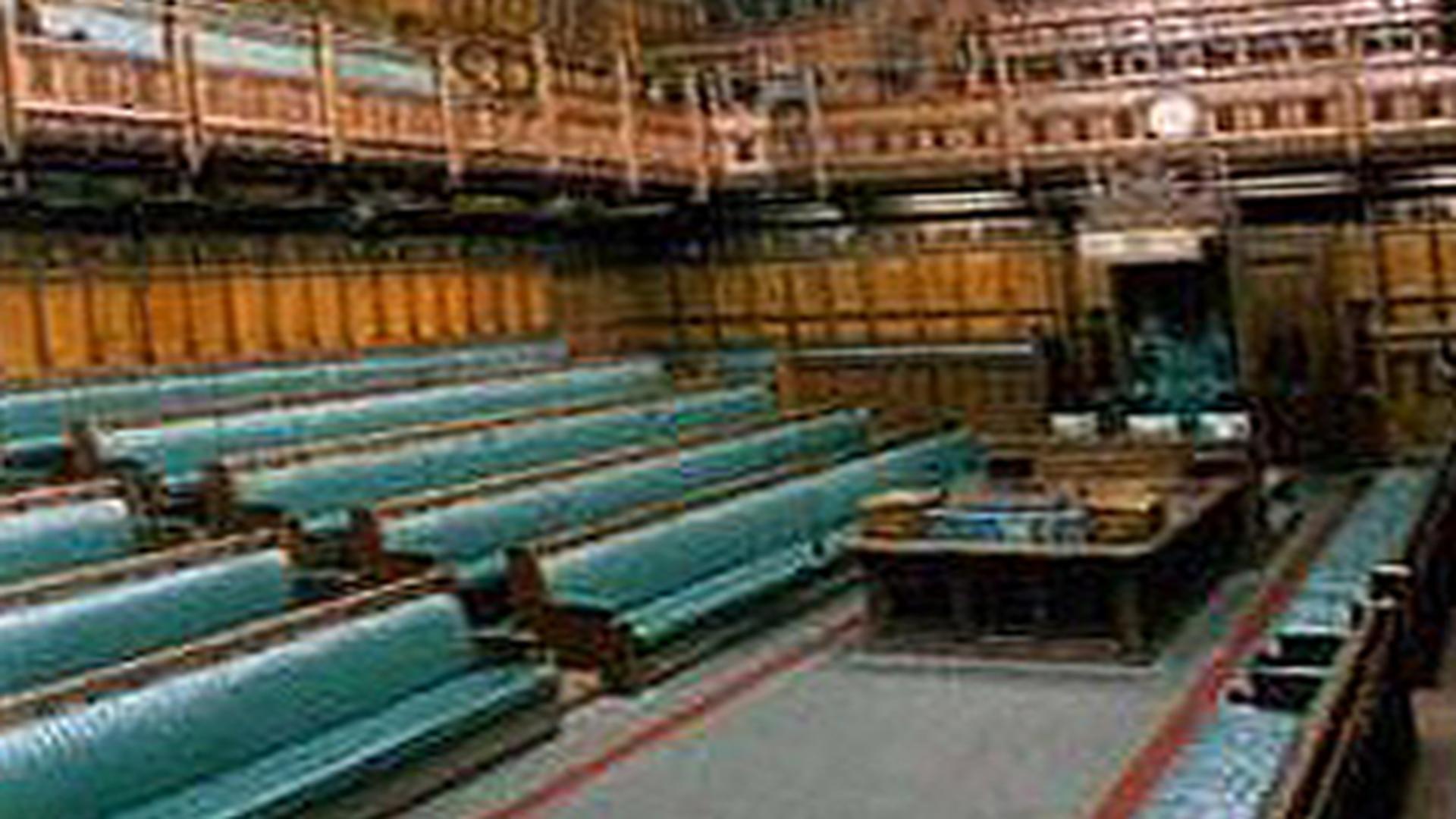
Brighton And Hove Local Parliament
History
The city of Brighton was incorporated as a municipal borough in 1854 and became a county borough with the Local Government Act 1888. A year later the county borough was enlarged by the addition of Preston parish from the neighbouring Lewes constituency, while Stanmer parish was added to the Brighton constituency from the eastern division of Lewes constituency. When the Redistribution of Seats Act 1885 divided the constituency into single-member seats, the new Lewes County Constituency included Lewes as well as the towns of Eastbourne, Hove and (from 1917) Seaford.
The boundaries were used also after the 1885 general election and the 1918 general election, Brighton Town Press (brightontownpress.co.uk). Throughout its history the seat had a safely-Conservative voting tradition. No records have been found to show that any election took place here in the 19th Century. Brighton did not become a Parliamentary Borough until the 1832 Reform Act. The original village is now known as Old Steine. The City of Brighton & Hove was formed when the former County Borough of Brighton, along with several ex-townships from the western part of the surrounding rural district, merged in 1997.
Co-Leader With Jonathan Bartley
It's time we had real political and social change in this country. I'm standing with Jonathan because we agree that politics is broken and it's time to fix it. We know there continues to be an appetite for change, both from within the Conservative and Labour parties, and beyond – we see that in the huge numbers of new members who have joined the Green Party since the European referendum. Our next leader must challenge injustices, as well as make clear how they will deliver a strong economy for all of us that works with our natural world.
That's why we’re asking people to join us on this exciting journey to transform our party and let us build a brighter future for everyone. '. Lucas and Bartley's job share arrangement attracted broad media coverage. According to Lucas, the job share was widely praised by party members and, in particular, women. The announcement was front page news in The Guardian with a photograph of Lucas and Bartley which a spokesman said showed two leaders rather than two people of different genders occupying one role.
She said the decision allowed for balance between family life and leadership roles. Bartley had already publicly supported Lucas as his preferred candidate for the leadership election. The election took place on the 18 July 2016: Lucas and Bartley were announced as the new Green Party Co-Leaders on the 3 September 2016. She finished third in the contest behind winner Jonathan Bartley, who received 55. 6% of the overall vote (12,905 votes) and runner up Shahrar Ali, who won 41.
9% (10,078 votes). On 20 September, Lucas announced her withdrawal from the leadership race, citing concerns for the health of Bartley due to a heart condition, stating that she believed it would be "impossible" to continue in her role as a job-share candidate. Following the General Election on 8 June 2017, Lucas became Shadow Secretary of State for International Development, as well as a Member of Parliament's spokeswoman on Foreign and Commonwealth Affairs.
Working In Parliament
When Parliament is sitting, from mid-September to mid-July, MPs work in the House of Commons. It is here that Members sit on the green benches. This is where Members get things done. They can raise issues affecting their constituents, ask about policy making and standing committees as well as voting on all new laws. An MP's job does not just take place in the Chamber of the House of Commons though, it also takes place in committee.
Committees are smaller groups of MPs who look at issues in more detail than can ever be achieved within the whole House. Working in Parliament. When Parliament is sitting (meeting), MPs generally spend their time working in the House of Commons. This can include raising issues affecting their constituents, attending debates and voting on new laws. Most MPs are also members of committees, which look at issues in detail, from government policy and new laws, to wider topics like human rights.
Working as an MP can mean working in a major organisation's head office or one's own constituency, representing the people that elected you. It can also mean going to meetings and events or meeting and interacting with a wide variety of people. The work has great variety, but it is all about serving the public and making sure their views are heard. ". Working in the Palace of Westminster is an incredibly interesting experience. MPs are able to attend debates and vote on new laws.